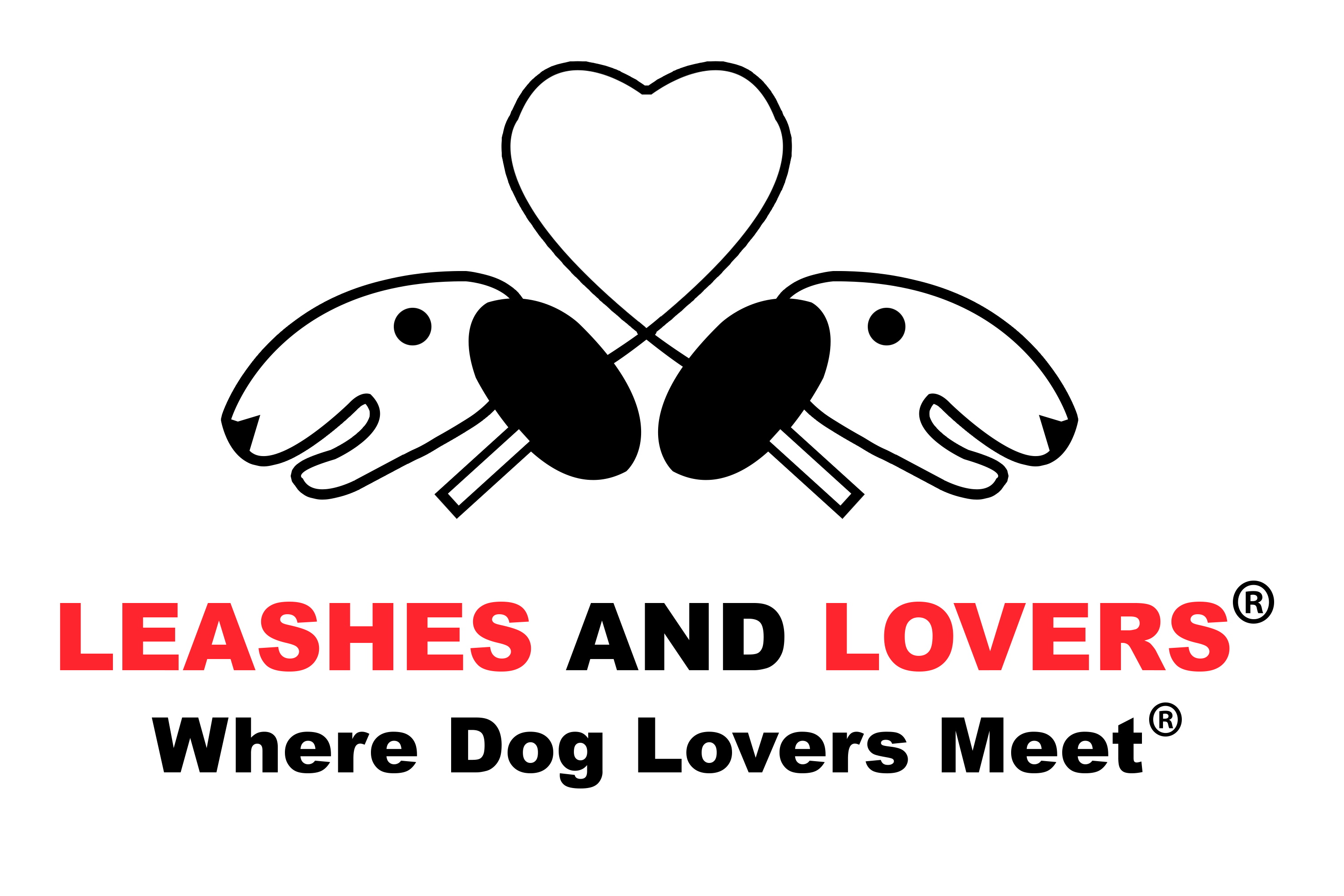

The Next Chapter’s Online
Do-it-yourself surges as e-books take off and big publishers make cuts.
Dog trainer and blogger Sheryl Matthys spent nearly two years trying to find a publisher for her book about canine and human relationships. This spring, the Long Island-based author threw in the towel and uploaded Leashes and Lovers on Amazon’s CreateSpace self-publishing website.
Two months later, she has sold around 1,000 print-on-demand paperbacks and KINDLE e-reader editions—a huge number for a self-published title.
“It made me think, ‘Why did I spend the last year-and-a-half waiting for my knight in shining armor?’ ” Ms. Matthys says.
More and more would-be authors are asking some version of that question. As new technology has lowered the barrier of entry and trade publishers have cut back due to the recession, all kinds of people are doing it themselves, including well-known commentator Andrew Sullivan, who recently published The View From Your Window through Blurb and sold the photo compendium on his blog, The Daily Dish.
Some authors are happy to self-publish because they like being in control or they consider their books keepsakes or promotional tools. Others hope to land mainstream deals. All of them are fueling phenomenal growth in the industry.
CreateSpace released 21,819 titles in 2009, more than double its 2008 number, according to R.R. Bowker, which assigns ISBNs (International Standard Book Numbers) for books sold through retail channels. Author Solutions Inc. says it put out 20,171 titles in 2009, or close to double its prior-year number. And San Francisco-based Blurb—which lets authors and artists create books for sale through its website—released 1.2 million titles in 2009, a bump of more than 50% over the prior year.
New players are joining the market, including Barnes & Noble Inc., which will launch its PubIt service this summer. Unlike the vanity publishers of old, self-publishing companies see themselves as a respected part of the book-world ecosystem, nurturing new talent as their commercial rivals rely on blockbusters.
“Traditional publishers are the New York Mets, only they’ve cut out their farm team,” says Keith Ogorek, senior vice president of marketing at Author Solutions, based in Bloomington, Ind. “We’re developing the farm team.”
Fielding the farm team is a good business. Authors can expect to pay anywhere from $300 to $5,000 for help with editing, cover design and formatting. Marketing can add $2,000 or $3,000 more. Publishers also get a percentage of sales.
Author Solutions—the umbrella company of self-publishing outfits AuthorHouse, iUniverse and Xlibris—had revenue of around $100 million in 2009, according to a person familiar with its finances. It is expected to go public by the fall. A spokesman for the company declined to comment on financial matters.
Despite the range of choices available to the aspiring author, self-publishing is no picnic for anyone who wants to make a career out of writing.
“It’s extraordinarily difficult,” says David Carnoy, a CNET editor who published medical thriller Knife Music with CreateSpace in 2008 after it was turned down by around 20 houses.
Mr. Carnoy worked tirelessly on the book’s marketing, writing about the self-publishing process on CNET and creating an iPhone app to give away free copies. He also spent more than $7,000 on editing, design and marketing initiatives on Amazon, and he learned how hard it is to meet the standards of a mainstream house.
Making self-publishing look more professional may become easier, though, as companies draw on a pool of New York publishing executives who have lost their jobs in recent years.
“This is the best time in recent memory to be hiring great editors,” says David Lamb, a former investment banker who in December bought Vantage Press Inc., the Manhattan-based granddaddy of the industry.
He plans to turn the 61-year-old company into a premium player at the high end of the market, publishing a relatively small number of authors and offering “concierge service” provided by top talent, Mr. Lamb says.
Much like a trade house, the press will also put out seasonal lists of 10 to 12 selected titles under the Vantage Point imprint, which will launch next spring.
MAINSTREAM DEAL STILL APPEALS
Self-publishers still have a ways to go before they completely blur the lines and trade publishers lose their cachet. Mr. Carnoy considers his self-publishing venture a success, and not because he sold about 2,500 Kindle and paperback copies in four months, making back his costs.
A year ago, a NY1 News interview with his agent about the self-publishing phenomenon led to calls from editors. Three weeks later, The Overlook Press acquired the novel. The independent publisher will release the book in hardcover in July. “My goal was to get a mainstream publisher,” Mr. Carnoy says, “for better or worse.”
